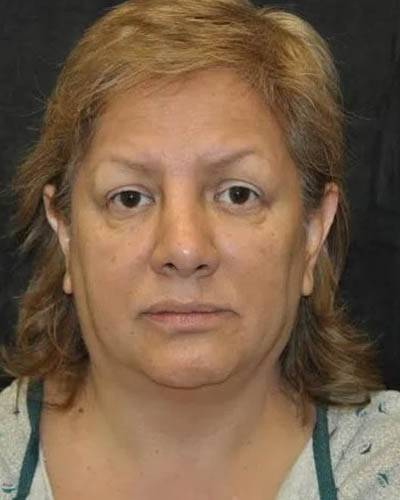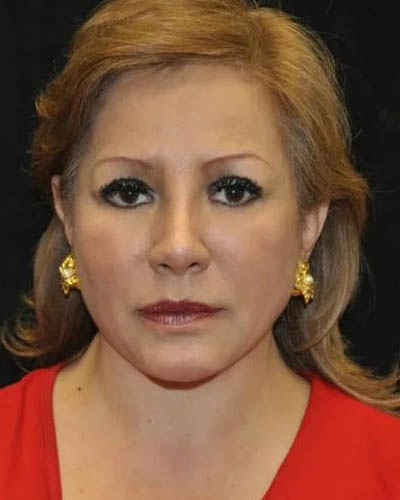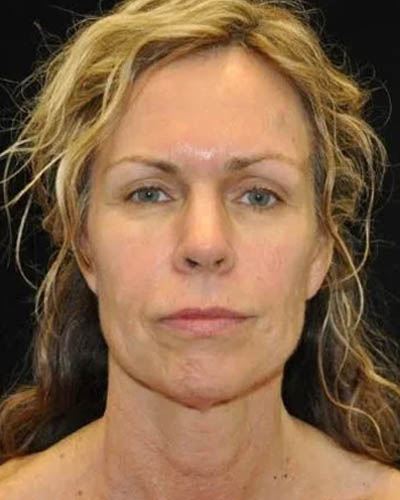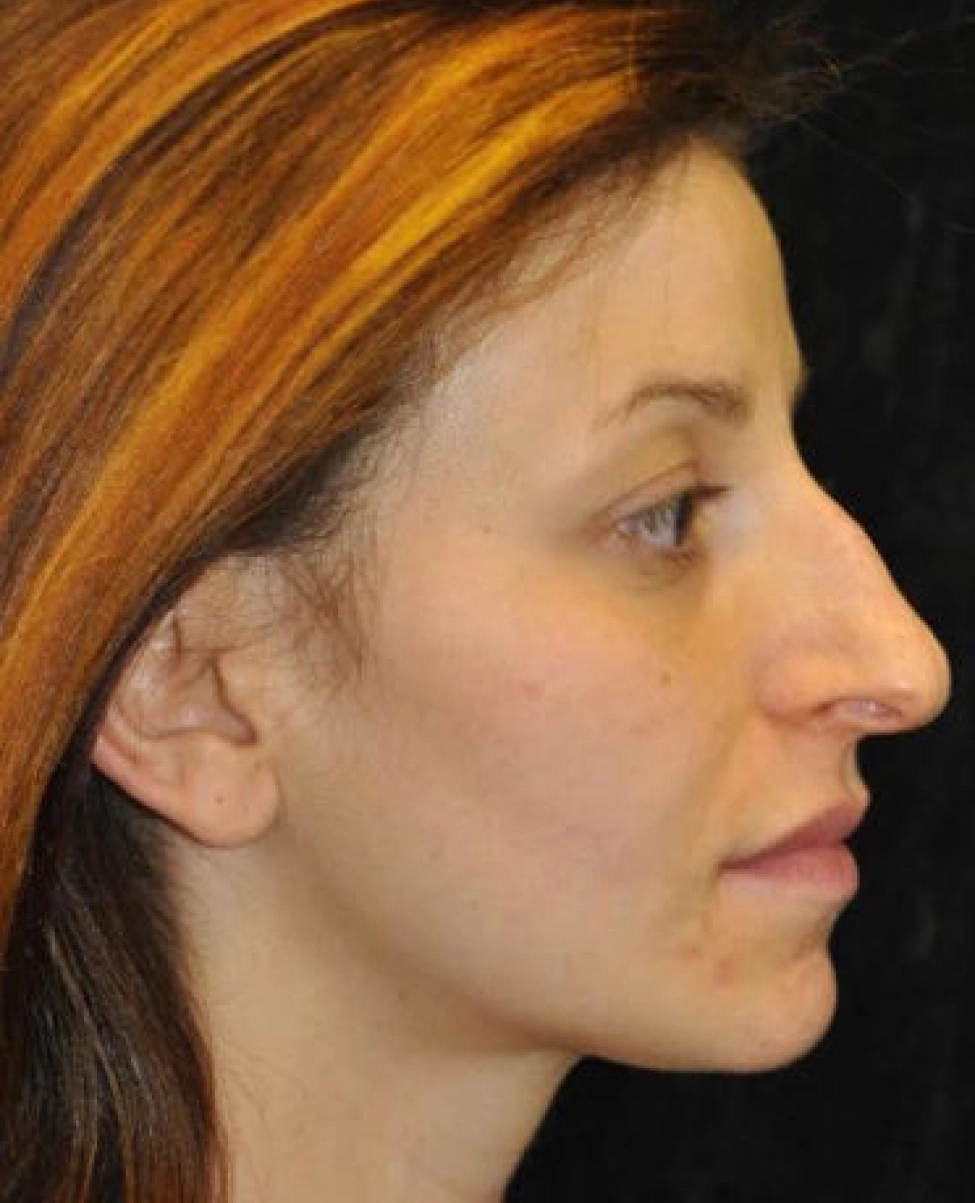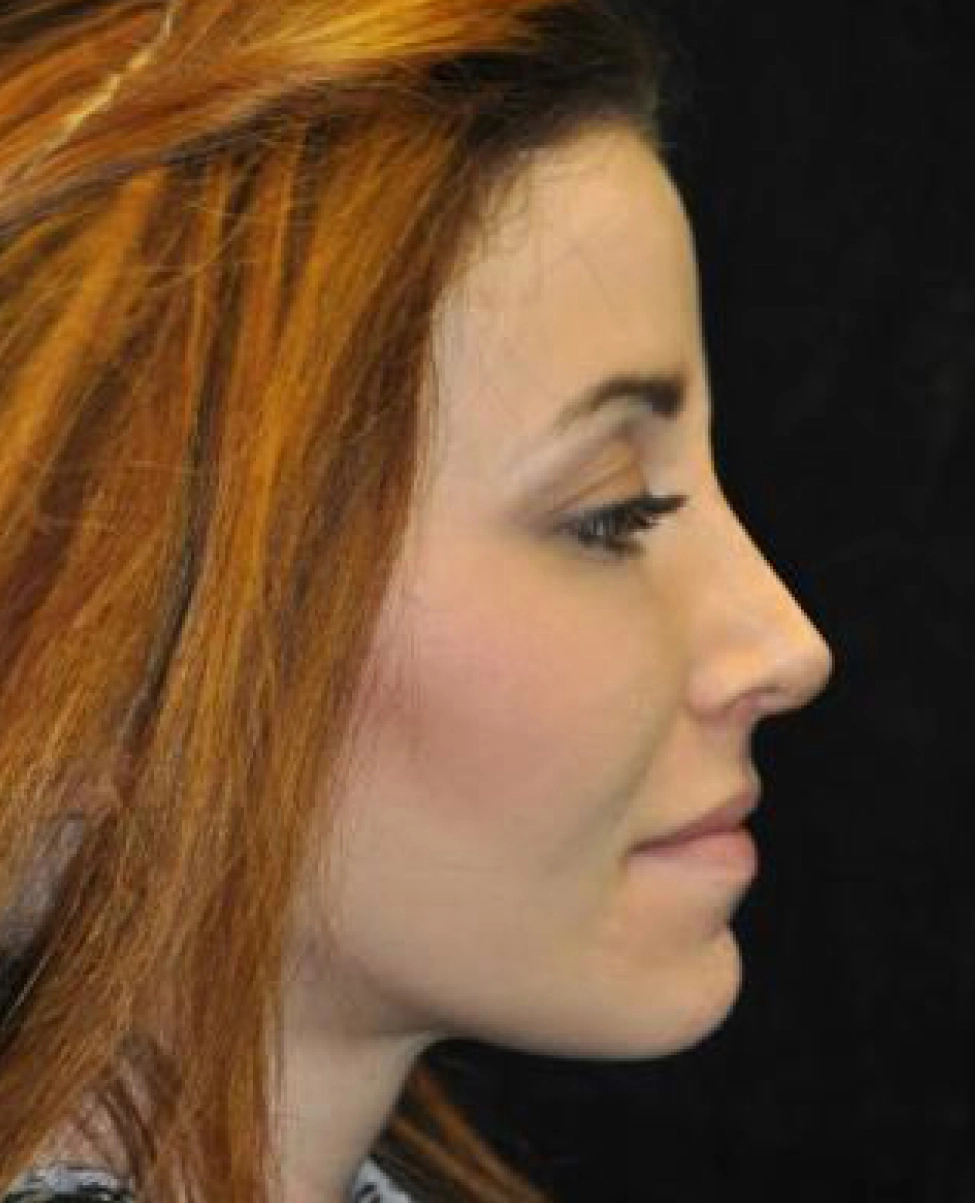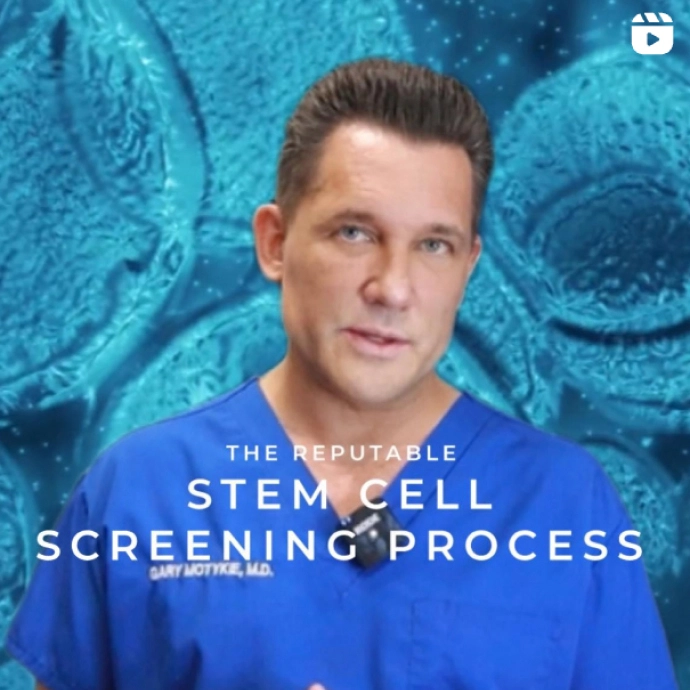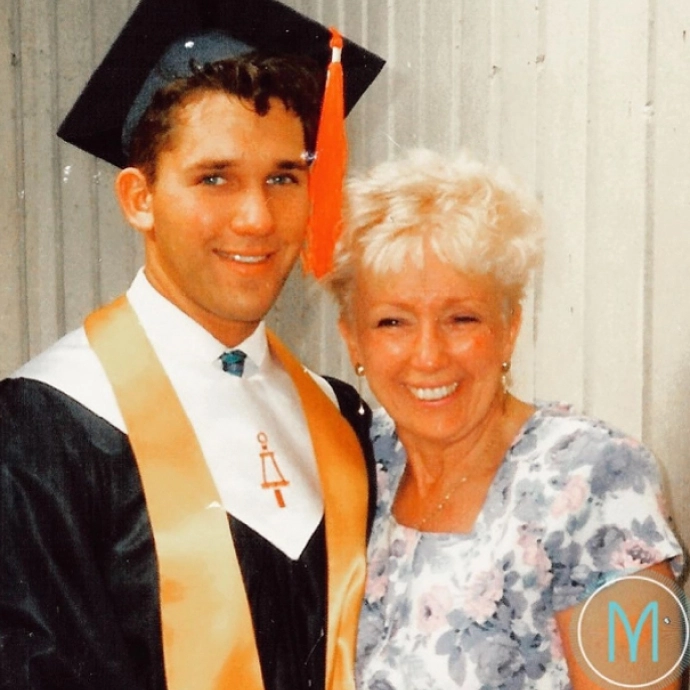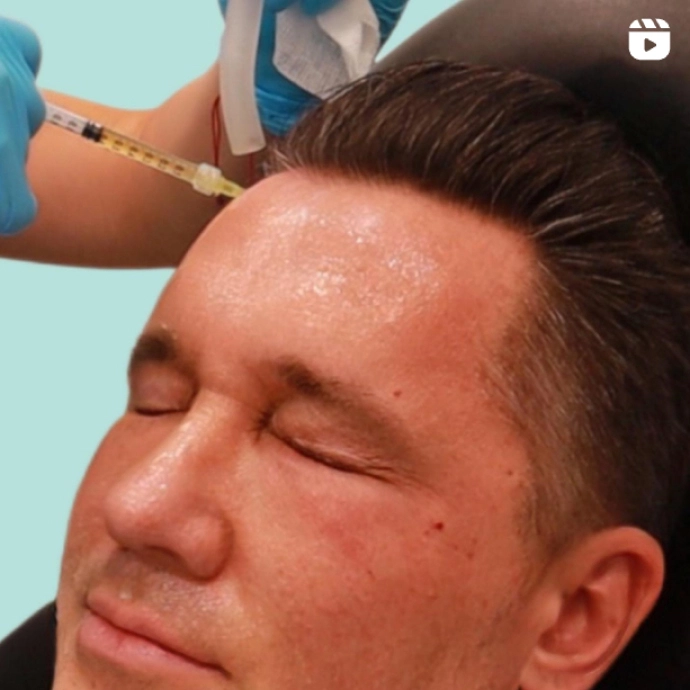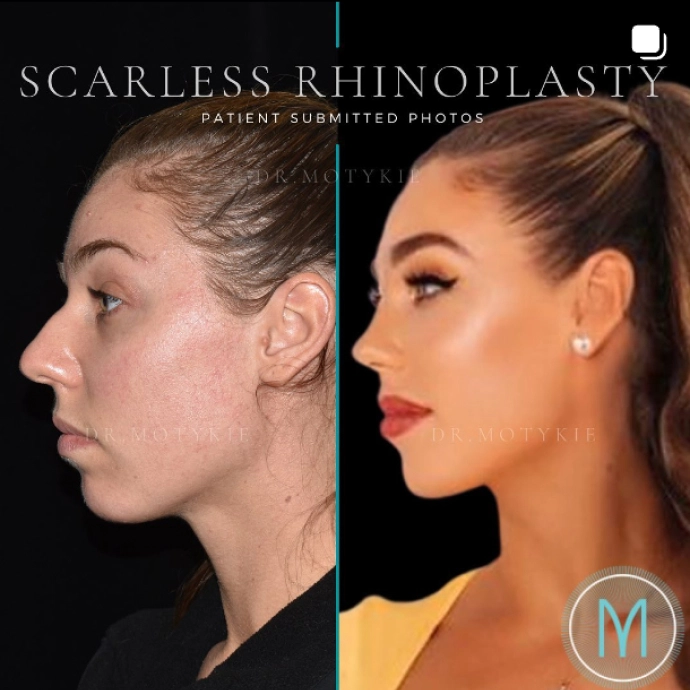- Face
- Breast
- Body
- Injectables
- Skin
- Celluma Led Light Therapy
- Chemical Peels
- Hydrafacial
- IPL Photofacial
- Laser Hair Removal
- Laser Skin Resurfacing (Laser Genesis)
- Medical Grade Facials
- Morpheus8
- Microneedling
- PRFM / PRP (EZ Gel)
- RF BTL Exilis
- Spider Veins & Vascular Leisons+ (ExcelV)
- Sun & Brown Spot Removal
- Stem Cell Facelift
- Thread Lifts
- Anti-Aging
- Hair
- About
- Locations
- Gallery
- Resources
- Consultation
Rhinoplasty cosmetic surgery can treat physiological conditions that can impact a person’s ability to breathe properly. In addition, it can enhance the nose shape for improved aesthetics. There are many types of rhinoplasty to address a wide range of patient needs.
Committed board certified plastic surgeon Dr. Gary Motykie provides a wide range of nose reshaping surgery procedures to patients in Beverly Hills, West  Hollywood, Los Angeles, and other towns and suburbs in this region of SoCal.
Hollywood, Los Angeles, and other towns and suburbs in this region of SoCal.
Functional Rhinoplasty Procedures
Nose reshaping cosmetic surgery can be performed as an “open” or “closed” procedure. In open rhinoplasty, the surgeon places incisions on the outside of the nose whereas in closed rhinoplasty the incisions are placed within the nose.
Surgeons employ a closed technique wherever possible to avoid any conspicuous scarring. However, open rhinoplasty may be required for patients with severe damage or in case the treatment area is located high in the nasal cavity.
An experienced, proven, and skilled plastic surgeon can place open rhinoplasty incisions within the nasal contour to minimize the appearance of any scars resulting from the nose surgery.
Ethnic Rhinoplasty
Every race has specific aesthetic characteristics, although not every member of a particular race has these physical attributes. However, those that do sometimes choose to receive cosmetic surgery to modify these characteristics.
Rhinoplasty is a sought-after procedure for patients whose ethnic attributes include a broad nose. Many patients with Asian and African heritage seek cosmetic rhinoplasty to decrease the nose width from one nostril to the other.
It is crucial that the plastic surgeon modifies their approach to the unique anatomic elements of the ethnic nose. The surgeon should not alter the nose beyond a point that would dramatically change the patient’s appearance.
Correcting the Radix
The radix refers to the upper bony part of the nose. The radix, as well as the cartilage beneath it, may be substantial leading to a bump. In case the radix is shallow, it can create a depression and a bump. The surgeon can decrease the size of the radix by cautiously shaving away tiny portions.
The surgeon may create fullness in a depressed region via a part of the patient’s own cartilage taken from another area of the nose. They can develop a straighter slope by augmenting the area right above the radix.
Straightening a Crooked Nose
In case the nose is shifted to one side or slightly crooked, a surgeon can straighten it by physically moving the tissues, or reducing some cartilage or bone. Similar to the case of a broken nose requiring functional rhinoplasty, the surgeon may place a splint to hold the nose in position during the healing period.
Tip Rotation and Reduction
In case the nasal tip lacks definition or is too defined, it may not have a proper rotation. Rotation is the downward or upward turn of the nasal tip. While making adjustments to the nasal tip by reshaping the cartilage, the surgeon will focus on the base of the nose as it impacts the rotation and tension.
Projection Adjustment
In order to reduce the nasal projection, a surgeon can shave away a part of the cartilage at the nose tip. If the projection needs to be increased, the surgeon may bifurcate and realign the cartilage, pushing it forward and suturing it into the desired position. In case the nasal tip has insufficient cartilage, the surgeon may use a cartilage graft to augment it.
Cordial plastic surgeon Dr. Gary Motykie receives patients from Beverly Hills, West Hollywood, Los Angeles, and nearby areas for nose surgery.
Click here for Virtual Consultation
- To see more services and treatments provided by Board Certified Plastic Surgeon, Dr. Motykie in Beverly Hills | Los Angeles | West Hollywood and his team please visit:
